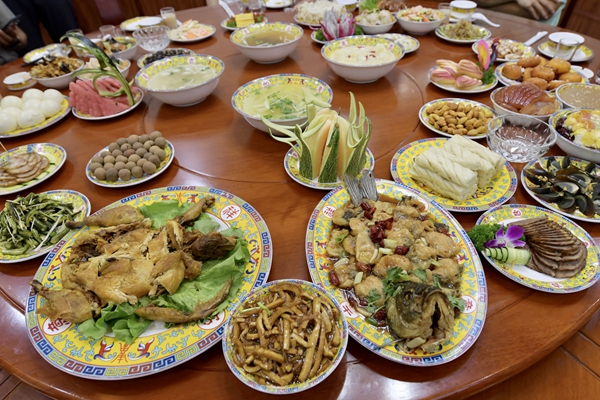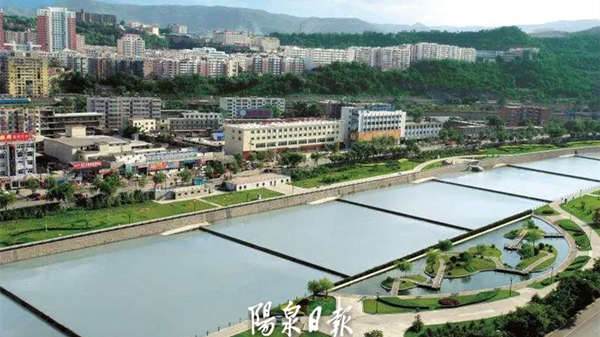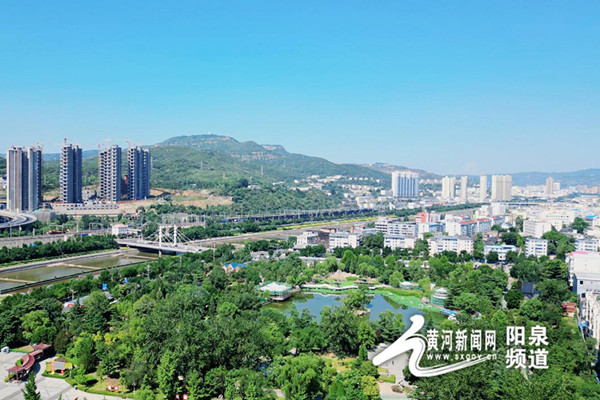A feast for the ages

The sanba feast featuring 36 dishes is served in some parts of Shanxi's Jinzhong, as well as in Hebei province's Jingxing county. [Photo by Wei Xiaohao/China Daily]
A traditional regional banquet has remained popular throughout the centuries, Yang Feiyue and Sun Ruisheng report in Yangquan, Shanxi.
Residents in Pingding county in North China's Shanxi province have long considered the sanba banquet to be the highest display of respect and hospitality toward friends.
The feast features 36 dishes and can be traced to the Song Dynasty (960-1279).
A fresco from the 1102-06 period discovered in Pingding in 1972 depicts the feast being cooked and eaten.
The royal families of the Qing Dynasty (1644-1911) began to enjoy the banquets after empress Dowager Cixi (1835-1908) raved about the feast during her visit to Pingding's Xijiao village in 1900.
The feast is now served in most parts of Yangquan, Shouyang and Xiyang counties in Shanxi's Jinzhong, as well as in Hebei province's Jingxing county.
Traditions surrounding the sanba banquet have survived the centuries.
Eight dishes of seasonal snacks, including melon seeds, raisins and cantaloupe, are served first.
Then, eight cold dishes ensue, before the rest of the hot dishes and soups are presented.
"The hot dishes aren't brought out until customers feel like they've had enough to drink," says Zhao Yongsheng, a senior chef at Pingding Laohao Restaurant, which focuses on distinctive local cuisine.
Certain dishes are matched and presented simultaneously to balance flavors.
"One big sweet dish is usually matched with two small sweet dishes, and the same with the salty ones," Zhao says.
Zhao has been cooking local dishes since the early '60s.
" The sanba feast wasn't as prevalent then as it is today," the 72-year-old recalls.





